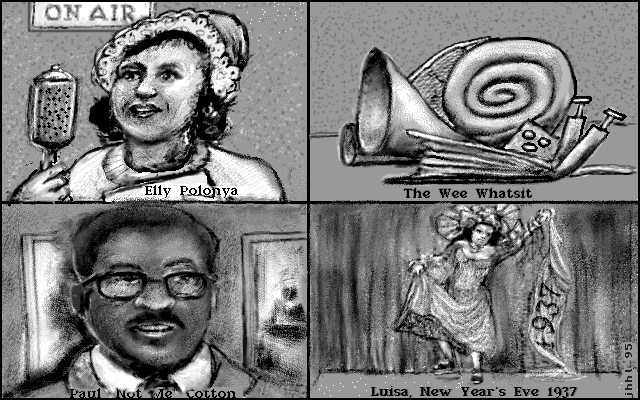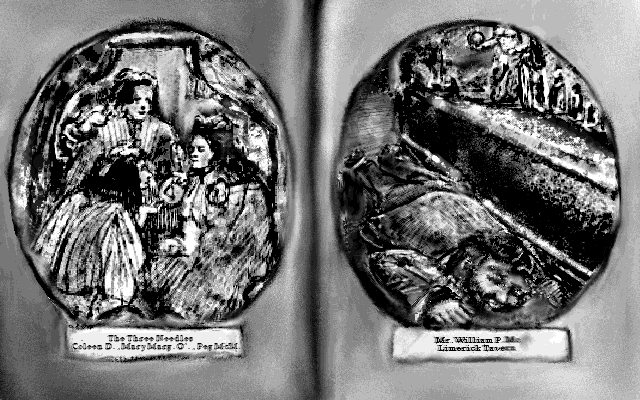Manhattan Island was bought for $24 dollars worth of junk jewelry. Or so we're told. But first of all, $24 went a lot further back then. And secondly...
When Robert Moses moved a bit of the Bronx to Manhattan to straighten the Harlem river by Inwood Hill Park, his workers unearthed an old Indian burial ground. Nowadays, that would have stopped the work dead, but we're talking Moses here. All the workers were under strict orders not to report any findings and hush money was handed about to insure this. Nevertheless, Lennie P. Tansey, one of the workers on the project took to squirreling away the little arrowheads and a few scraps of fur, preserved in the anaerobic mud. And five plump hide sachels.
Over the next few weeks, Lennie periodically went down to the diamond district. He carried a small velvet sack (taken from a novelty liquor bottle) and on each visit, this hand laborer would be ushered into a carefully shielded back room. On one visit, he drew out of the sack a perfect star opal, with a very slight violet tinge. On another, a curious matched pair of bowtie-shaped pearls. On another, a thick gold ring with the initials "P.M." on it. As Lennie was showing a broken inch-wide metal bracelet to the appraisers, they were startled as more than a dozen jewels broke out of its hollow interior.
After each visit, Lennie would leave with an empty sack and a substantial certified check. Then he'd go back to his workshop at home in the Bronx and polish up the remaining jewelry. In a lot of cases, he'd removed the cheaper mountings from the flawless gems, cleaned up the rocks and melted down the metal and recast it into more salable ingots. Afterwards, the stones and ingots were hidden under a layer of cigars in a big pile of cigar boxes.
All this time, he continued working on the Inwood Hill project. This was part of Tansey's cover plan. He wanted to finish the job, cash out and blow town. But unfortuantely, he was caught in a premature explosion while cutting through the last part of the isthmus. He lost his sight and hearing, and died a few weeks later in the hospital, raving about cigar boxes. All his effects were burned by his grief stricken wife, who had no knowledge of his incredible scheme but was happy to receive $5,000 from Mr. Moses himself.





